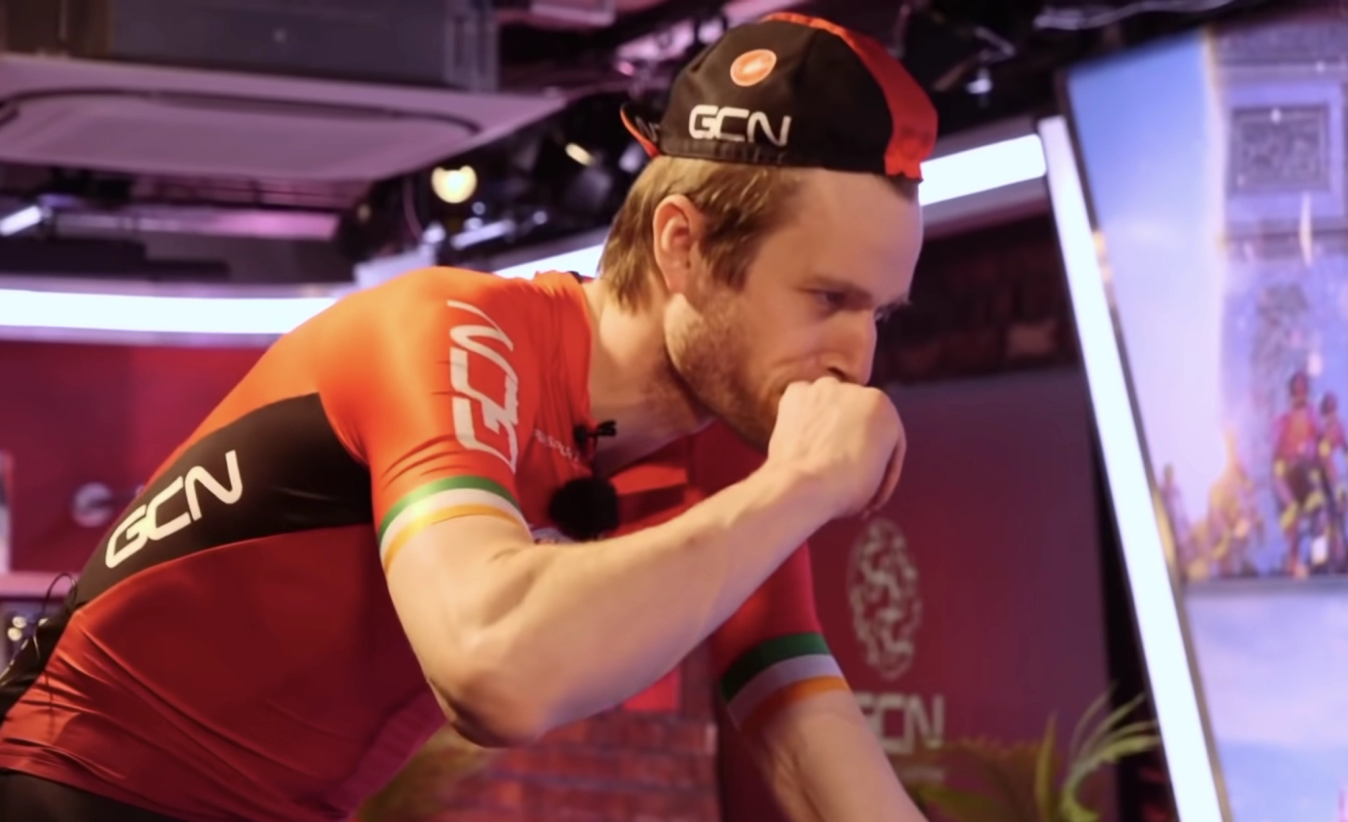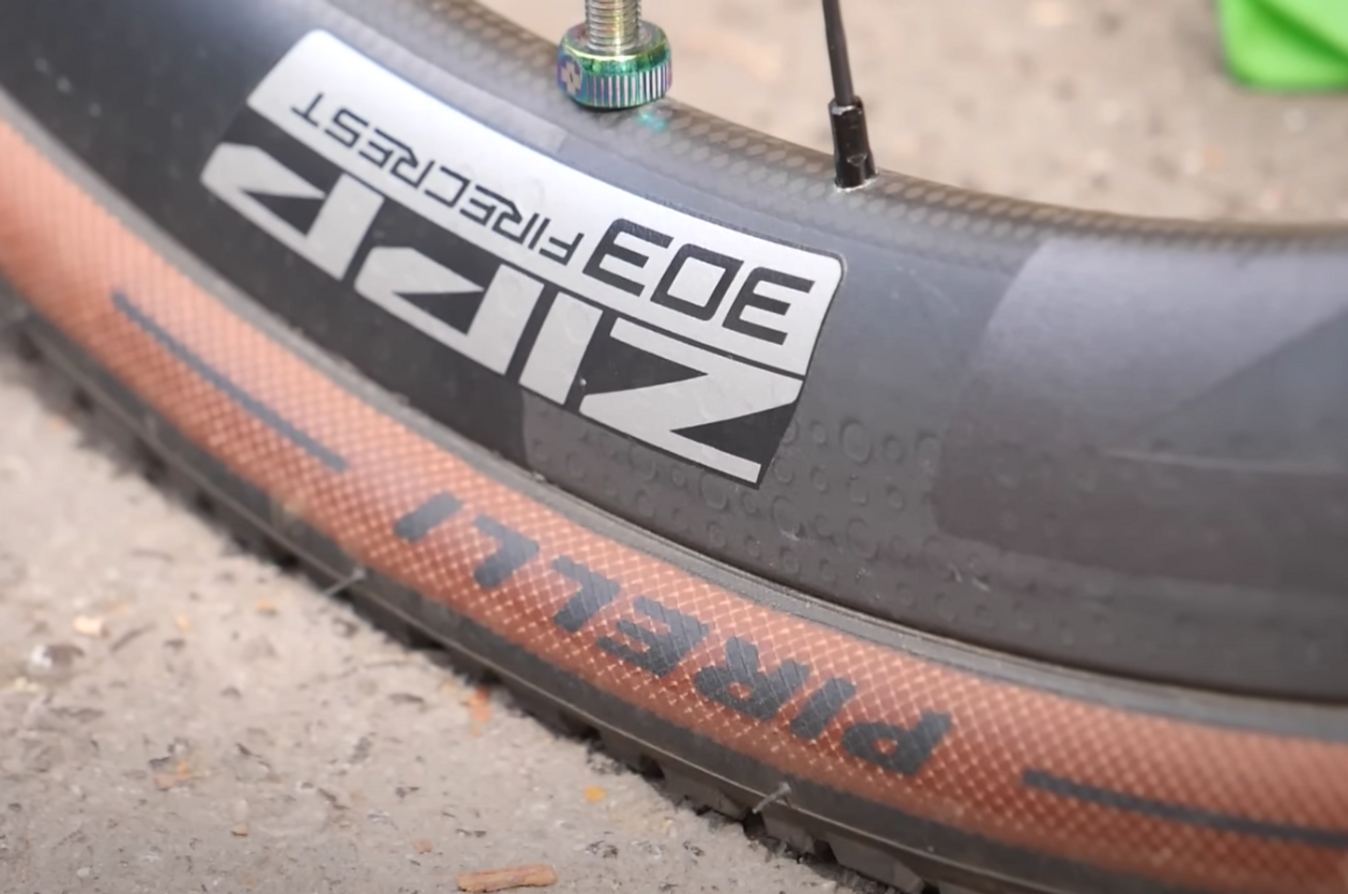Gravel racing: top tips to make your first event a successful one
Alex Paton went out to Australia for the inaugural pro gravel race RADL GRVL. Did he survive and how should you prepare yourself for racing on the gravel?
Logan Jones-Wilkins
Junior Writer - North America
While covering this year’s Tour Down Under, GCN’s Alex Paton entered the inaugural pro gravel race RADL GRVL. Hosted by the same race production company that puts on SBT GRVL and FNLD GRVL events, it ran alongside the Tour Down Under in South Australia back in January. With Australia seeing huge growth in its gravel scene recently, the event is a big boon to the growing Australian gravel scene.
Although this was not Alex’s first big gravel race, it undoubtedly taught him some key lessons in gravel racing, especially as his ambitions to win had been so high. Watch the video to see exactly how he got on. Inspired by Alex’s effort and with 2024 bringing many opportunities worldwide for gravel racing, we’ve put together some key tips you should know before taking on your first gravel race.
The importance of fuelling

© GCN
Conor Dunne modelling proper fuelling on a Zwift ride
Gravel is not the only discipline of cycling that requires good nutrition, however, the demands of a gravel race make fuelling one of the biggest determinants of success.
That's down to the physics of gravel riding. In road racing and riding, the smoothness of the road allows for lots of drafting. This means that when a rider is in the wind their effort is super high, but when they are in the wheels they get to rest a little more. That's what makes road racing so tactical. In gravel, the surface of the road creates a lot of rolling resistance, so no matter where you are in the group, you still need to pedal hard. As a result, the energy output in a gravel race is typically higher than on the road.
Since absolute power is the main determinant of the kilojoules burned during an activity, gravel races typically have a higher kilojoule burn rate. With that increased burn rate, having enough fuel to make up for that high level of expenditure is key, especially with some gravel events stretching well over 200km.
With a big effort on the horizon, many riders will try to “carbo-load” in the lead-up to the event with heavy carbohydrates the night before or the morning of the race. While having full meals before the race is important, it has its limit and overeating can cause serious stomach problems. Generally, we would recommend a well-rounded but digestible dinner the night before and a basic carbohydrate-focused breakfast two to three hours before the race.
Read more: Tour des Stations Ultimate 1000 – Ollie Bridgewood's first ultra-endurance race
What is more important is what is consumed during the event. Since your body can only realistically store enough fuel for around two hours of high-intensity exercise, there is no amount of food you can eat before the event that will have the same benefit as well-regulated fueling during the race. For most riders, the goal fuel intake should be 60 to 90 grams of carbohydrate per hour to sustain intensity throughout a gravel race.
The last element to consider is hydration. As we saw with Conor Dunne’s attempt at Unbound Gravel, hydration mistakes can ruin your day. While hydration is a variable that is a lot less predictable than carbohydrate consumption, when the weather is hot a rider might need to drink up to one litre of water an hour. To be safe, we recommend that most riders find a good hydration pack to ensure they keep hydrating consistently throughout events, even if aid stations are sparse.
Maintenance skills are mandatory

© GCN
Flat tyres in gravel cycling are not a question of if, it is a question of when
One of the special elements of gravel racing is the self-supported nature of events. You are off into the wild with, hopefully, all the skills and equipment needed to get to the finish line. What this means, however, is that a rider's mechanical skill is vital.
Everyone who starts a gravel race should have the means and know-how to fix three major issues: a flat tyre, a broken derailleur hanger and a broken chain. Those three incidents are by far the most common mechanical problems during gravel races and all three can be fixed on the side of the road with basic tools and a little bit of mechanical know-how.
Of the three, flat tyres are the most common and the easiest to fix – in most cases – with tyre plugs. Plugs come in a variety of different delivery devices, but universally a tyre plug is a tool that is meant to push a small rubber plug into a puncture in the tyre which then coagulates with the sealant, fixing the holes that sealant itself will not seal. While plugs seem self-explanatory, it is good to get some practice in. It could be worth it to even mount an old tyre, poke a couple of holes in it and plug away!
Fortunately, we have covered most of these maintenance topics here at GCN, so do not be alarmed if these fixes seem overly complicated for you. We’ve linked a couple of the relevant tutorials below to get you started:
Learn more:
- How to replace a rear derailleur
- Five roadside ride fixes
- Everything you need to know about tubeless tyre maintenance
The dark art of tyre pressure

© GCN
Tyres are where the rubber hits the road. In gravel racing, the pressure within those tyres is as important as the tread itself
One of the things that comes with experience in gravel racing is an understanding of the little things that can make a difference. There are several small adjustments that throughout long variable races can pay big dividends and many of these intricacies relate to tyres.
While there are hundreds of gravel tyre options to choose from, there is no one course that has a single optimal tyre. Any course could have countless options of tyres that could work well. Where mistakes can be made, even once the right tyre has been selected is with the tyre pressure. Too much pressure and the tyre can lose its traction control. Too low and it can become flat-prone.
Finding the right pressure for you and your skill level will only really come with trial and error, however, there are right and wrong places to start. One of the best resources to find that starting point is the web-based Silca tyre pressure calculator. The online algorithm is geared around taking the company's testing around tyre sealant and applying it to providing informed pressure recommendations to riders regardless of their tyre of choice. Enter some information about yourself, your set up and the course and it will give you a science-based measurement to start the process of finding your pressure.
Once you have a general measurement, the next step is to get out and ride! It is impossible to give a specific answer that works for everyone given the variety of gravel conditions, rim profiles, rider weight and riding styles. The difference can be up to 20psi. Nevertheless, for anyone, finding the right pressure is crucial for having your best day on the bike. So try and get out before the race on similar terrain to find your optimal pressure.
There you have it! Whether you’re tackling your first-ever gravel race or getting ready for a new season of racing, pay attention to these areas and you should not only survive but thrive when it comes to race day. If you are looking for race days, be sure to check out our complete US gravel calendar, our top ten US gravel race list or 8 hidden gems of US gravel. Best of luck with the racing and don’t forget to see how Alex got on at RADL GRVL.











